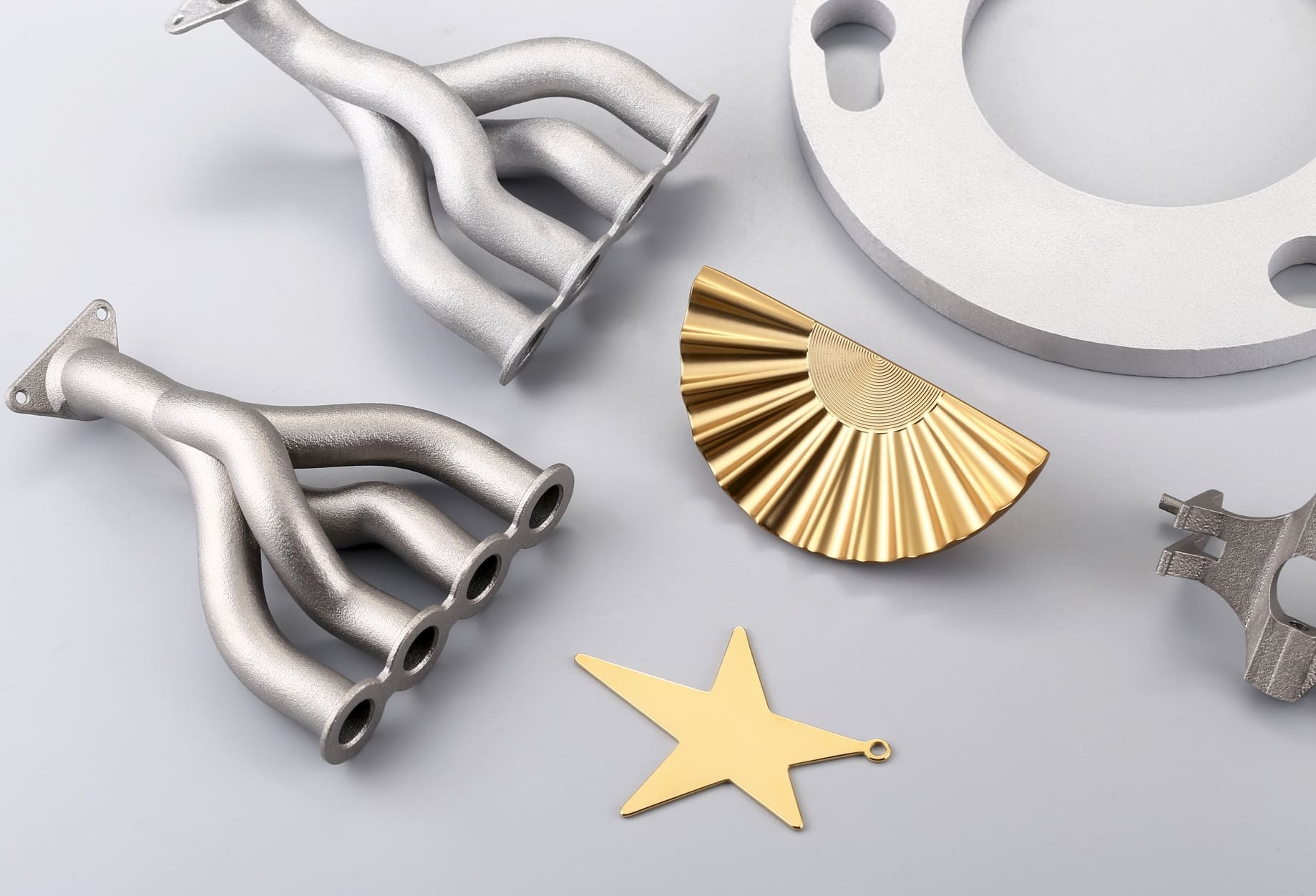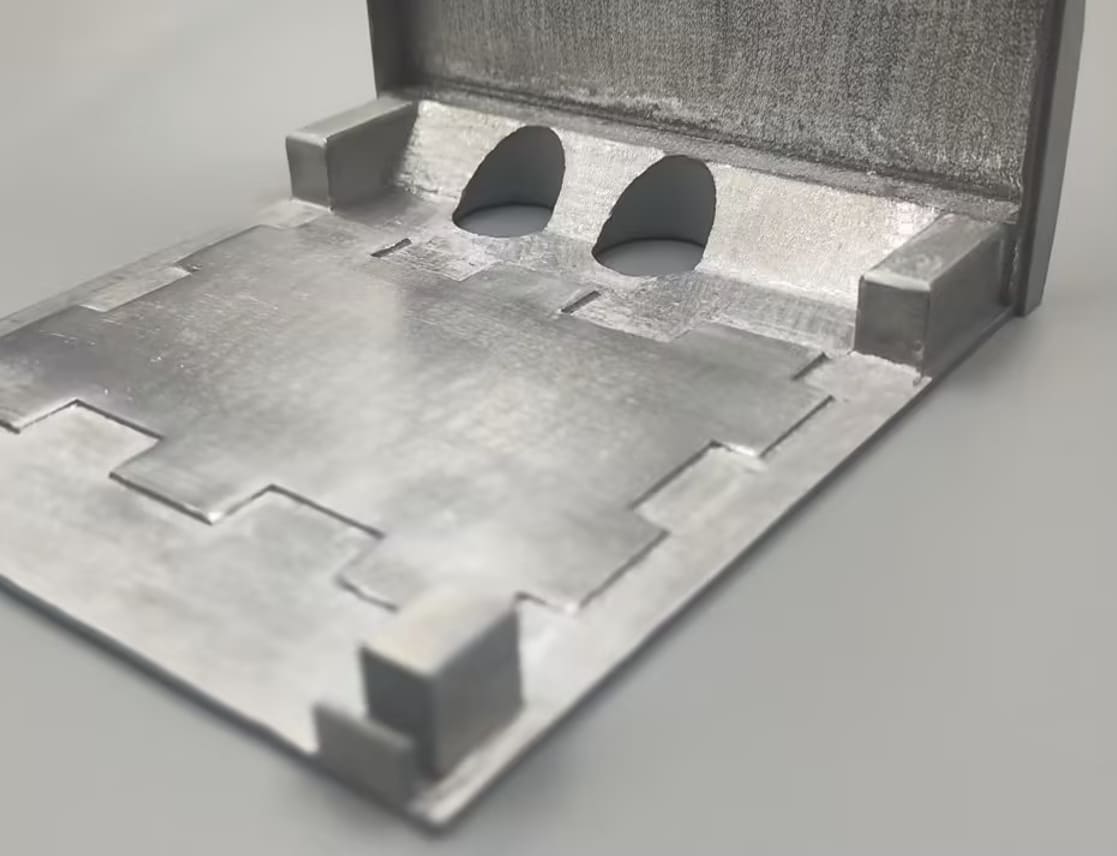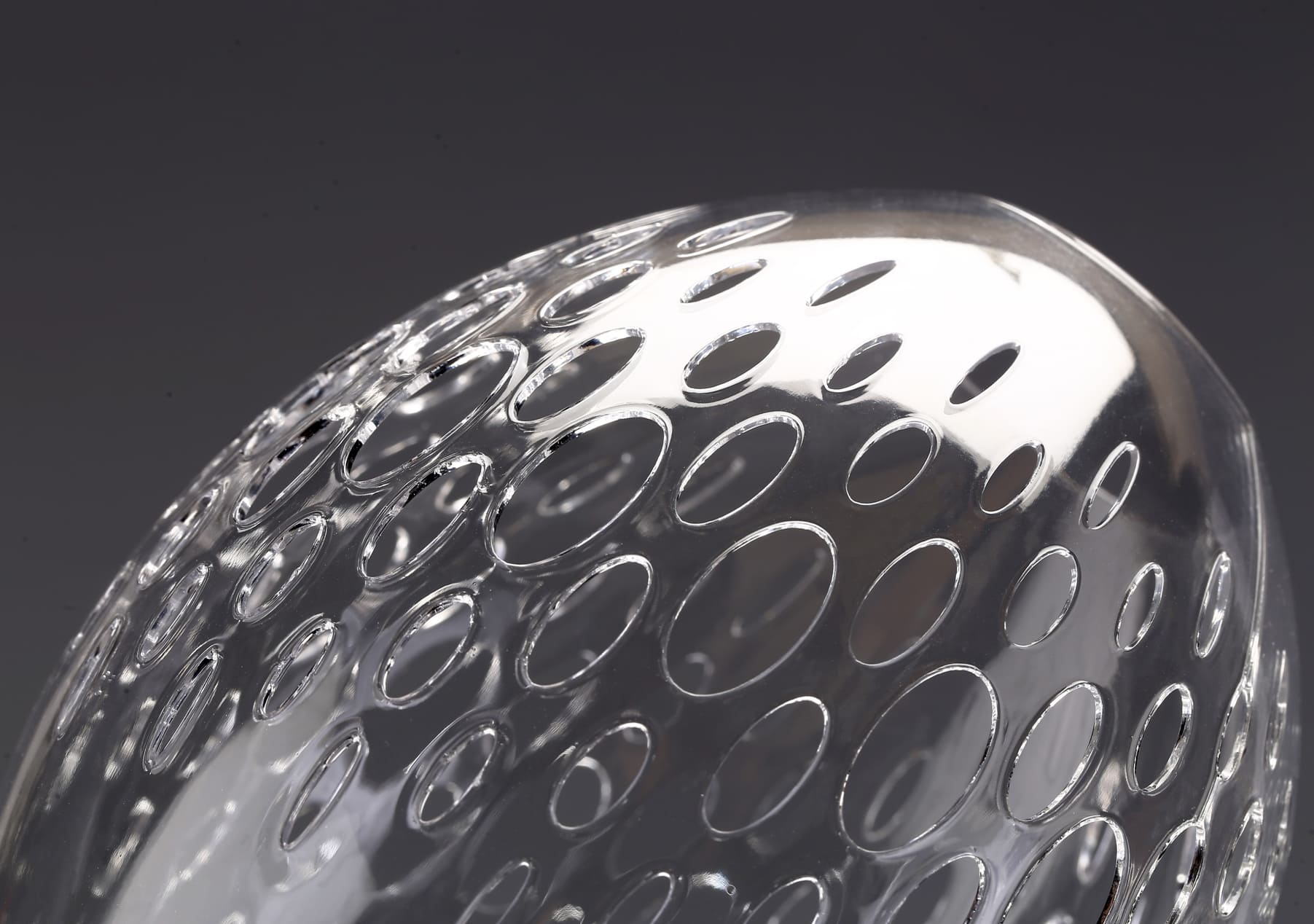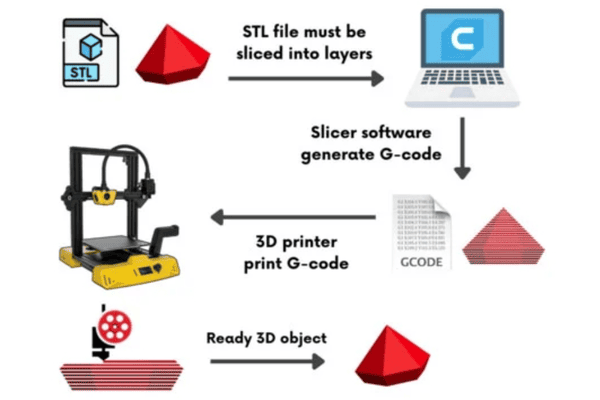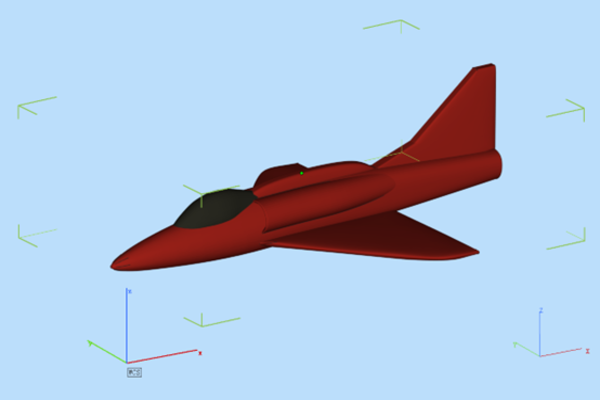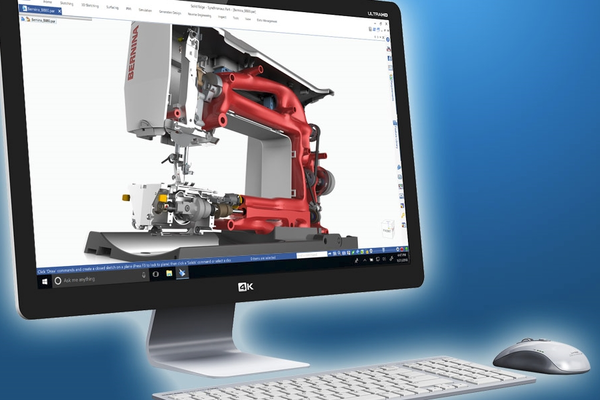What is a 3D slicer?
A 3D slicer translates 3D models into instructions that a printer can understand and execute. Think of it as a translator, converting the language of 3D design into the language of 3D printing.
When you create or download a 3D model, it’s typically in a format, such as STL or OBJ. These files describe the geometry of the object but not how to print it. That’s where the slicer comes in. It takes this model and “slices” it into thin horizontal layers – hence the name. This process generates a G-code file, which is a set of detailed instructions for the printer’s movements, temperatures, and other factors necessary for creating the physical object.
The slicing software allows users to adjust settings such as layer height, fill density, and print speed. These settings can significantly affect the strength, surface finish, and print time of the final product. By manipulating these parameters, users can optimize their prints for different applications, whether it’s a rapid prototype or a finished product.
In essence, without a slicer, your 3D printer would be like a chef trying to cook a complex dish without a recipe. The slicer provides a step-by-step guide for the printer to bring digital designs into the tangible world.

Image Source: UltiMaker
10 Best 3D Printer Slicer Software
1. UltiMaker Cura
Ultimaker Cura is an industry-leading slicing software that stands out for its user-friendly interface and powerful features. It is designed to transform 3D models into optimized print instructions for Ultimaker’s range of 3D printers. With over 400 settings to fine-tune your models, Ultimaker Cura offers unparalleled control over the printing process, ensuring the highest quality results.
The software is celebrated for its open-source slicing engine, which has been refined through years of development and community contributions. Ultimaker Cura’s intuitive design makes 3D printing accessible and efficient. It supports a variety of file types and integrates seamlessly with CAD applications, enhancing your workflow from design to final print.
Regular updates and a supportive community further enhance the user experience, making Ultimaker Cura a go-to choice for millions of users worldwide.
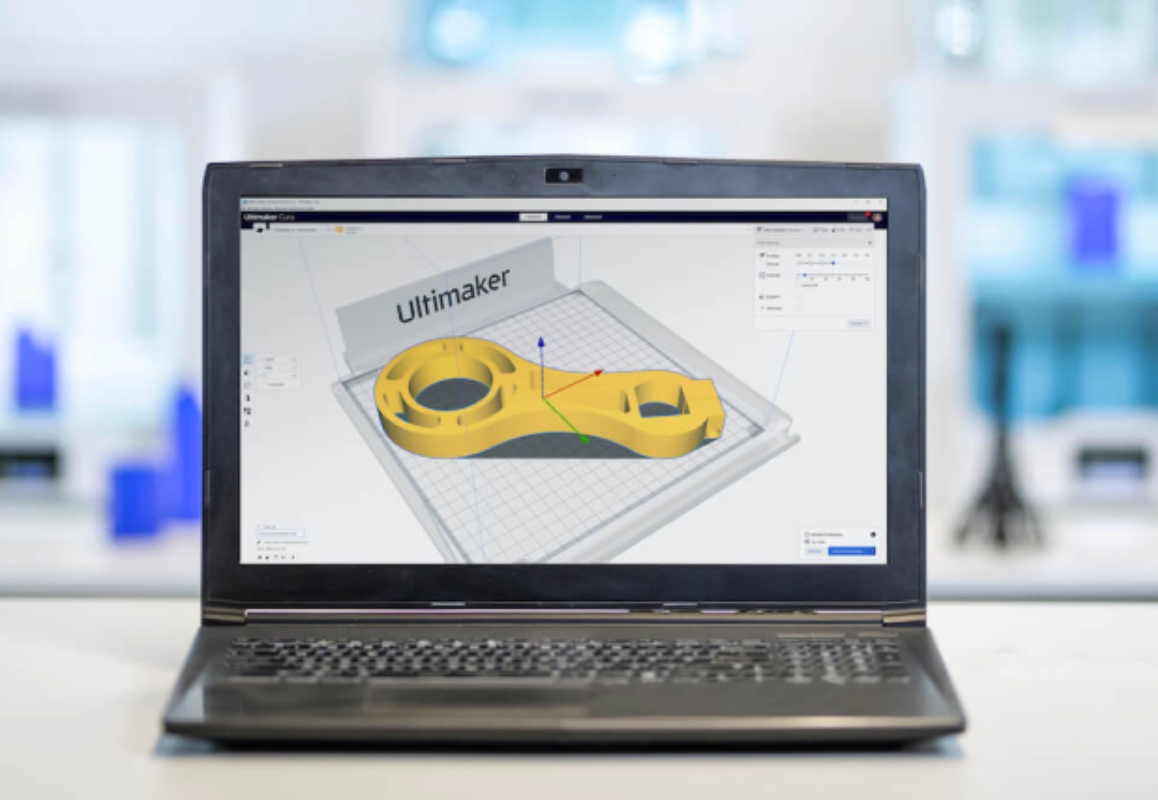
Image Source: UltiMaker
2. Bambu Studio
Bambu Studio is a sophisticated and feature-rich slicing software tailored for 3D printing enthusiasts and professionals. Developed by Bambu Lab, it is engineered to streamline the preparation of files for 3D printing, offering project-based workflows, systematically optimized slicing algorithms, and an intuitive graphic interface.
This software stands on the shoulders of the renowned Prusa Slicer, enhancing it with custom features specifically designed for Bambu Lab’s X1 and X1 Carbon 3D printers. Bambu Studio simplifies the slicing process, making it more efficient and user-friendly, which is essential for achieving smooth and high-quality prints.
Bambu Studio provides a seamless experience, guiding users through each step with clarity and precision. Its continuous development ensures that the latest patches and features are always at your disposal, keeping you at the forefront of 3D printing technology.
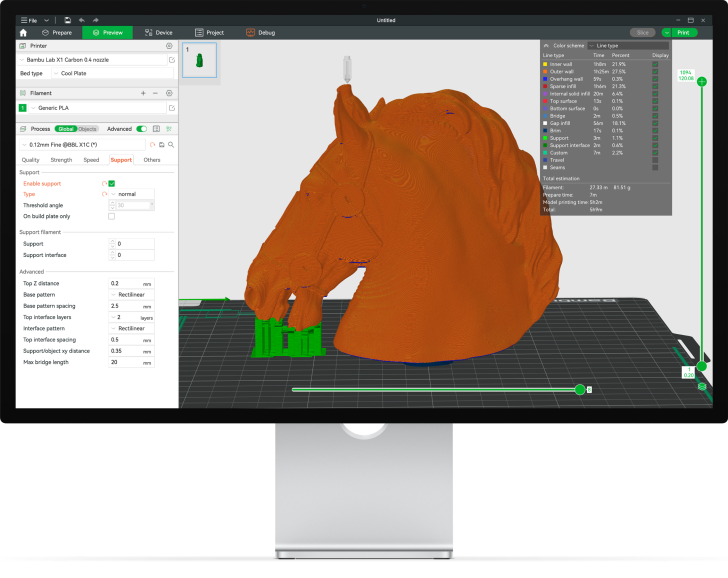
Image Source: Bambu Lab
3. PrusaSlicer
PrusaSlicer is a cutting-edge slicing software that serves as a cornerstone for 3D printing enthusiasts and professionals. Originating from the open-source project Slic3r, PrusaSlicer has evolved into a comprehensive tool that offers a wide array of features to prepare your 3D models for printing. With its user-friendly interface and robust functionality, PrusaSlicer caters to a diverse range of users, from beginners to advanced practitioners.
It provides an extensive selection of print settings, allowing for precise control over every aspect of the printing process. The software supports a multitude of 3D printers and materials, making it a versatile choice for various printing needs. PrusaSlicer includes community profiles for third-party printers and is continuously updated with input from users worldwide. This collaborative approach ensures that PrusaSlicer remains at the forefront of slicing technology, offering features like adaptive infills, the Arachne perimeter generator, and HiDPI support for high-resolution displays.
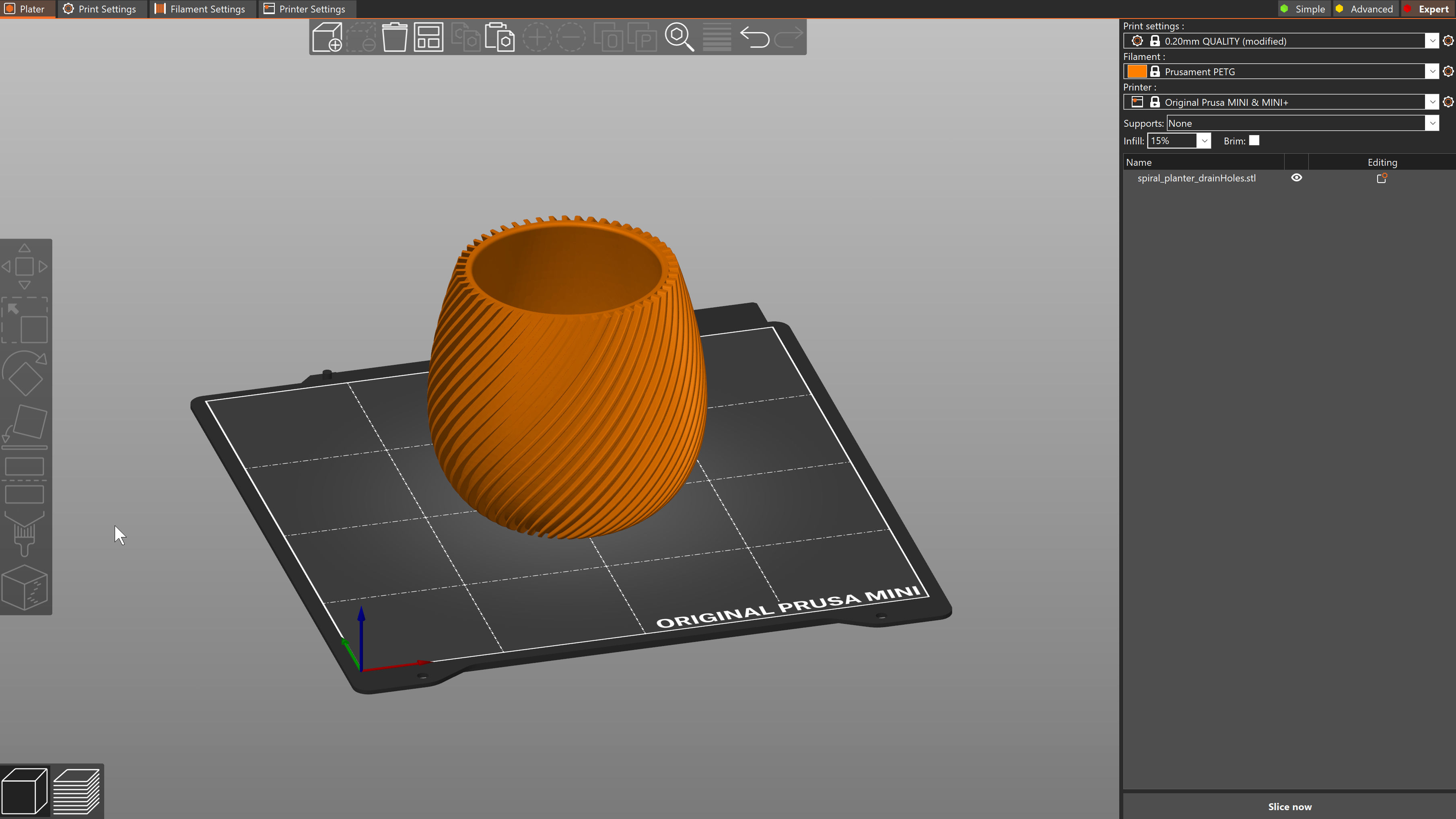
Image Source: Prusa Research a.s.
4. Simplify3D
Simplify3D is a premium slicing software that elevates the 3D printing experience for users around the globe. Renowned for its ability to enhance the capabilities of a wide array of 3D printers, Simplify3D translates the art of 3D designs into the precision of physical prints with remarkable efficiency.
The software is a powerhouse of features, offering 90 new supported printers, 3.0x faster slicing performance, and 120 new features and improvements. It’s designed for those who seek to push the boundaries of additive manufacturing, providing tools that optimize every step of the 3D printing process.
Simplify3D’s commitment to innovation is backed by years of R&D and a deep understanding of the needs of the 3D printing community. With customers in over 170 countries, it has established itself as a leading global provider of commercial 3D printing software.
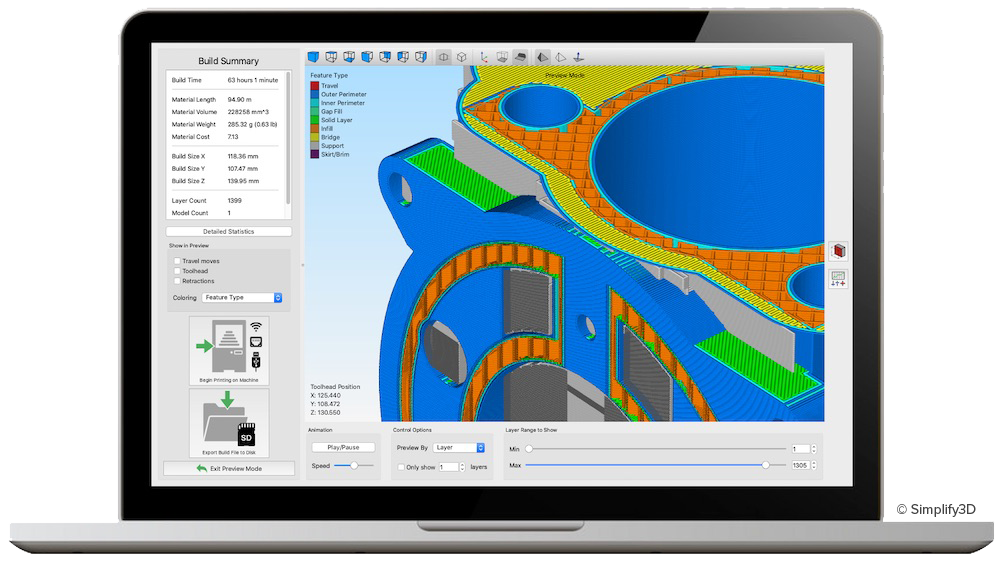
Image Source: Simplify3D
5. Slic3r
Slic3r is a pioneering slicing software that has played a significant role in advancing the 3D printing industry. It is a powerful tool that converts digital 3D models into G-code, the native language of 3D printers. Slic3r stands out for its ability to slice models into horizontal layers and generate efficient paths to fill them, optimizing the use of material and ensuring high-quality prints.
The software is known for its versatility, supporting a wide range of 3D printers and offering a plethora of customizable settings to cater to the specific needs of each print job. Slic3r’s open-source nature has fostered a vibrant community of developers and users who contribute to its continuous improvement, making it a dynamic and evolving tool.
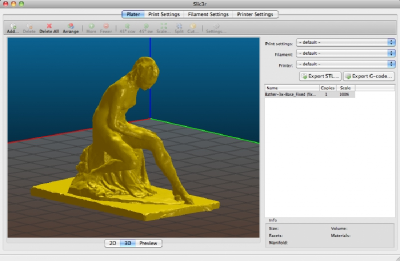
Image Source: Slic3r
6. Raise3D ideaMaker®
ideaMaker is a comprehensive slicing software developed by Raise3D that is designed to enhance the 3D printing process for users of all skill levels. It is recognized for its user-friendly interface and powerful capabilities, which streamline the journey from 3D model to printed object.
As a versatile tool, ideaMaker caters to both beginners and advanced users, offering a short learning curve while still providing a wide array of detailed settings for fine-tuning prints. It supports a variety of 3D printers and is optimized for Raise3D’s solutions, ensuring compatibility and performance across a broad spectrum of devices.
With features like the unique Texture feature, easy access to materials, and streamlined software for an improved user experience, ideaMaker is a robust choice for anyone looking to achieve high-quality 3D prints with efficiency and precision.

Image Source: Raise3D
7. KISSlicer
KISSlicer is a robust and versatile slicing software that caters to the needs of both novice and experienced 3D printing enthusiasts. Its name, an acronym for “Keep It Simple Slicer,” belies the software’s comprehensive feature set, which allows for precision and control over the printing process.
KISSlicer excels in its ability to handle a wide variety of printer types, print styles, and mesh topologies. It’s equipped with advanced features like adaptive layer heights, dynamic plastic deposition, and extruder priorities, which work together to produce technically demanding prints with exceptional quality.
Despite its depth of features, KISSlicer remains accessible to new users through its Profile Wizards, which guide you through the setup process quickly and efficiently. For those looking to fine-tune their prints, the Tuning Wizard offers the ability to adjust material settings in a single print precisely.
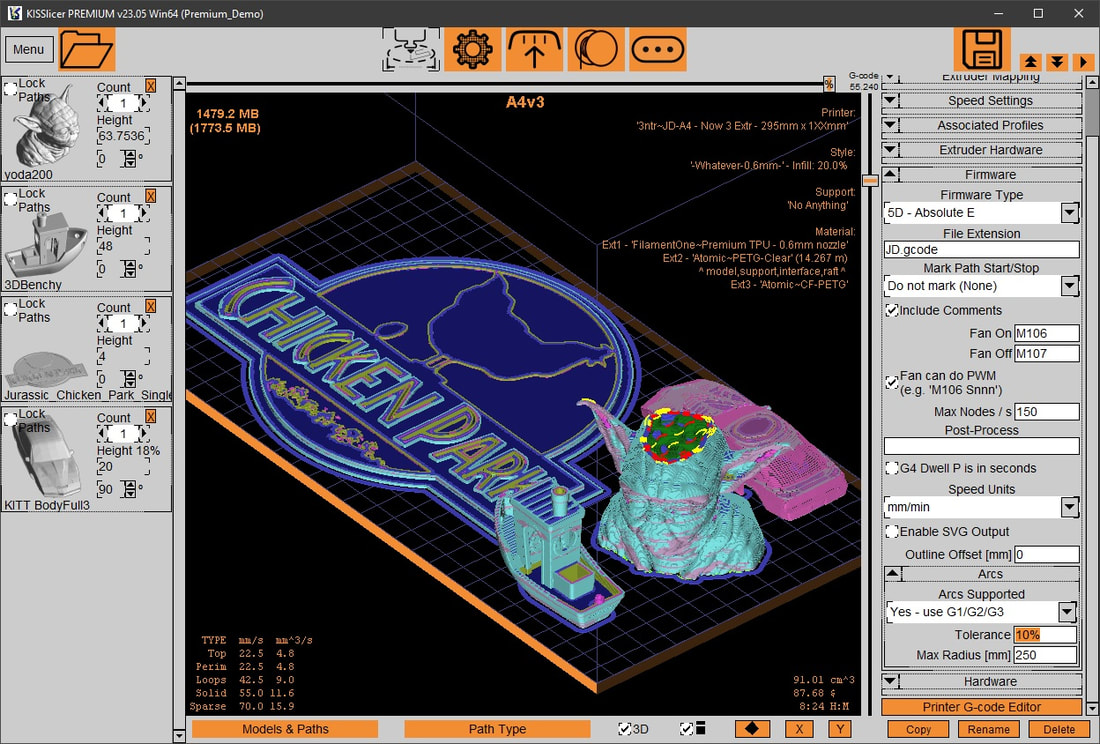
Image Source: KISSlicer
8. CHITUBOX
ChiTuBox is a dynamic slicing software that has revolutionized the 3D printing industry, particularly in the realm of resin printing. It is designed to be a comprehensive solution that simplifies the entire 3D printing process, allowing users to quickly and easily convert 3D models into printable files.
ChiTuBox stands out for its user-friendly interface, which has been meticulously crafted to enhance the user experience, making it more intuitive and efficient. The software supports a wide range of 3D printers and profiles, and it is equipped with a variety of options for optimizing models for 3D printing.
One of the key features of ChiTuBox is its support for DirectX and Metal, enabling it to render more realistic and complex 3D models with improved performance. It takes full advantage of your graphics card’s capabilities, offering a high level of graphical performance on both Windows and macOS platforms.
Additionally, ChiTuBox introduces the Resin Material Alliance (RMA) feature, which simplifies the selection of appropriate settings for different brands of resin materials. With cloud storage support and constant updates, users have access to the latest settings for optimal 3D printing performance.

Image Source: CHITUBOX
9. Lychee Slicer
Mango3D is at the forefront of innovation in the 3D printing software landscape, offering Lychee Slicer, a versatile and powerful slicing tool for both resin and filament 3D printers. With its commitment to providing a seamless and efficient workflow, Lychee Slicer is designed to cater to the needs of a diverse user base, from hobbyists to professionals.
The software boasts an elegant and intuitive interface backed by a robust set of features that ensure your 3D models are prepared with precision and ease. Whether you’re looking to quickly set up a print or delve into the intricacies of advanced features, Lychee Slicer offers a tailored experience that adapts to your requirements.
Mango3D’s dedication to the community and active development cycle means that users benefit from frequent updates and new features, keeping them at the cutting edge of 3D printing technology. With options ranging from a free version to a feature-rich pro subscription, Lychee Slicer by Mango3D provides a comprehensive solution that evolves with your 3D printing journey.
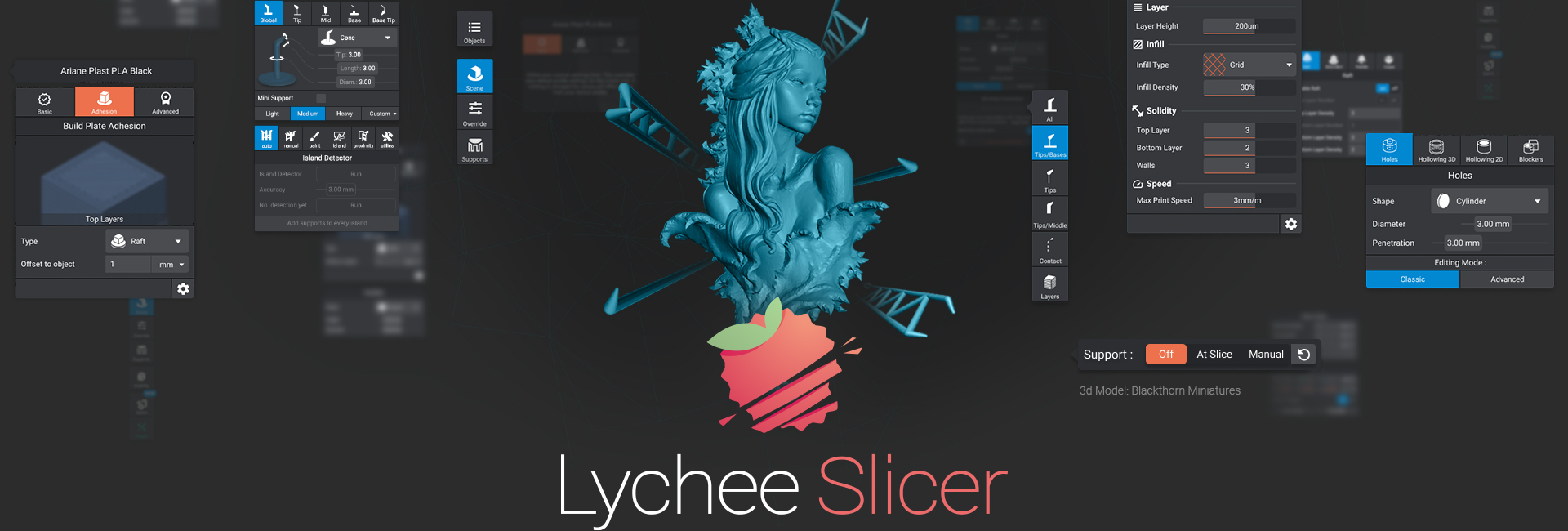
Image Source: Mango 3D
10. IceSL
IceSL is a state-of-the-art slicing software that blends advanced modeling capabilities with the precision of G-code generation for 3D printing. It is celebrated for its innovative approach to slicing, offering users a suite of cutting-edge features that push the boundaries of what’s possible in 3D printing.
With IceSL, users get a tool that supports intricate model preparation, allowing for the creation of complex geometries and structures that are both efficient and aesthetically pleasing. The software’s advanced modeling capabilities are complemented by a robust scripting language, providing unprecedented control over the printing process.
IceSL offers a powerful platform that caters to a wide spectrum of 3D printing needs. Its commitment to continuous development and user-friendly documentation ensures that you have all the resources at your fingertips to turn your 3D visions into reality.
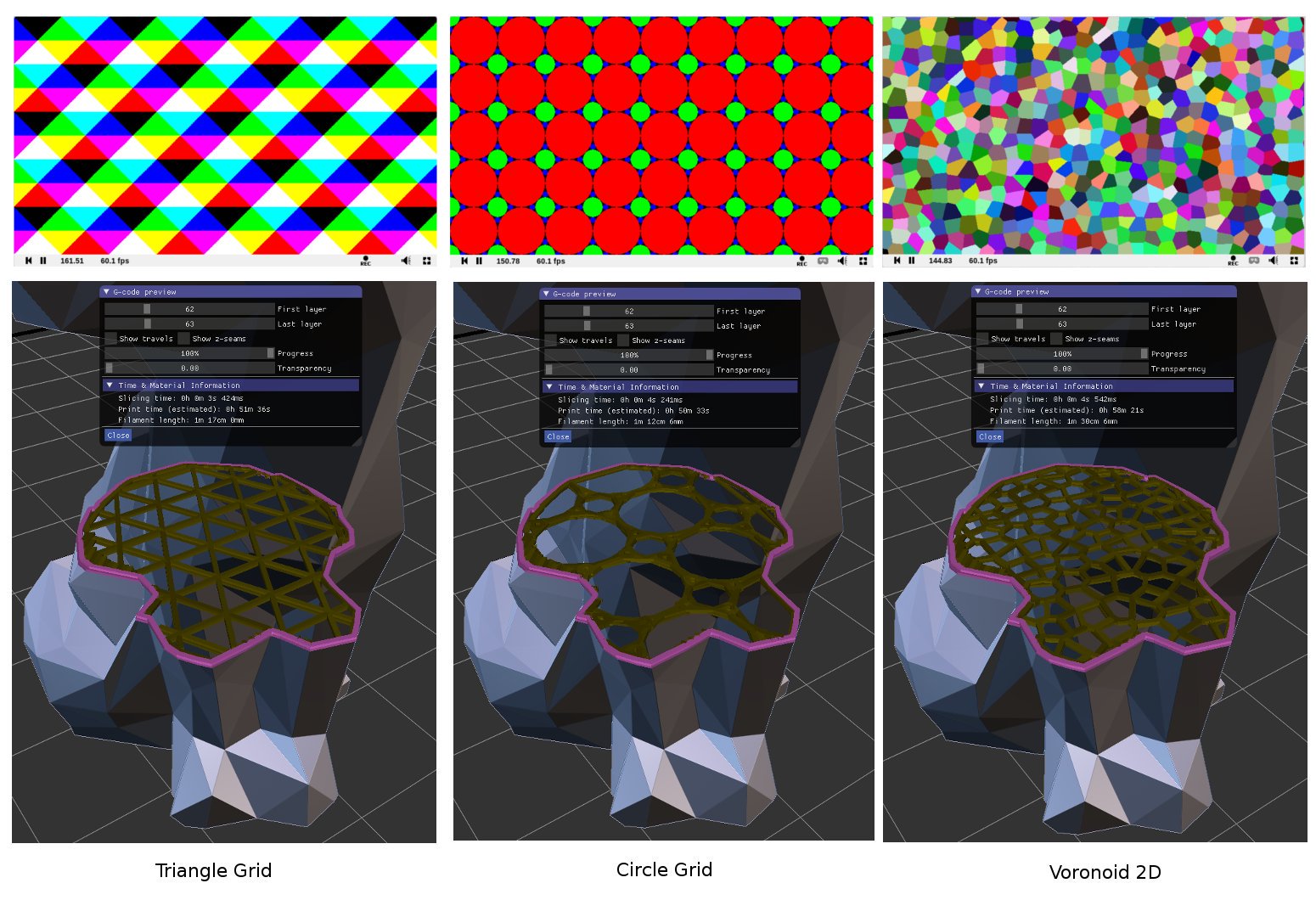
Image Source: IceSL
Tips to Choose 3D Slicer
Selecting the right 3D slicer software can be as crucial as choosing the 3D printer itself. Here are some tips to help you choose the best slicer for your needs:
● Compatibility: Ensure the slicer is compatible with your 3D printer. Most slicers support a range of printers, but it’s always best to check.
● User Interface: Look for a slicer with an intuitive and user-friendly interface, especially if you’re a beginner. A good UI can streamline your workflow significantly.
● Features: Consider the features offered by the slicer. Advanced options like support generation, layer preview, and post-processing capabilities can be very beneficial.
● Community and Support: A strong user community and responsive support team can be invaluable, particularly when you encounter issues or need advice.
● Regular Updates: Choose software that is regularly updated. Frequent updates mean better features, improved usability, and fewer bugs.
● Performance: The slicer’s performance, in terms of slicing speed and resource usage, should be efficient, especially if you’re working with complex models.
● Cost: Determine your budget. There are free slicers available, but paid versions offer more advanced features that are worth the investment.
● Testimonials and Reviews: Read reviews and testimonials from other users. Their experiences can provide insight into the software’s reliability and efficiency.
● Trial Versions: Use trial versions of the software to get a feel for how it works before making a purchase.
● Your Skill Level: Assess your skill level and choose a slicer that matches it. Some slicers cater to professionals, while others are better suited for hobbyists.
By considering these factors, you can make an informed decision and select a 3D slicer that will serve you well throughout your 3D printing journey!












